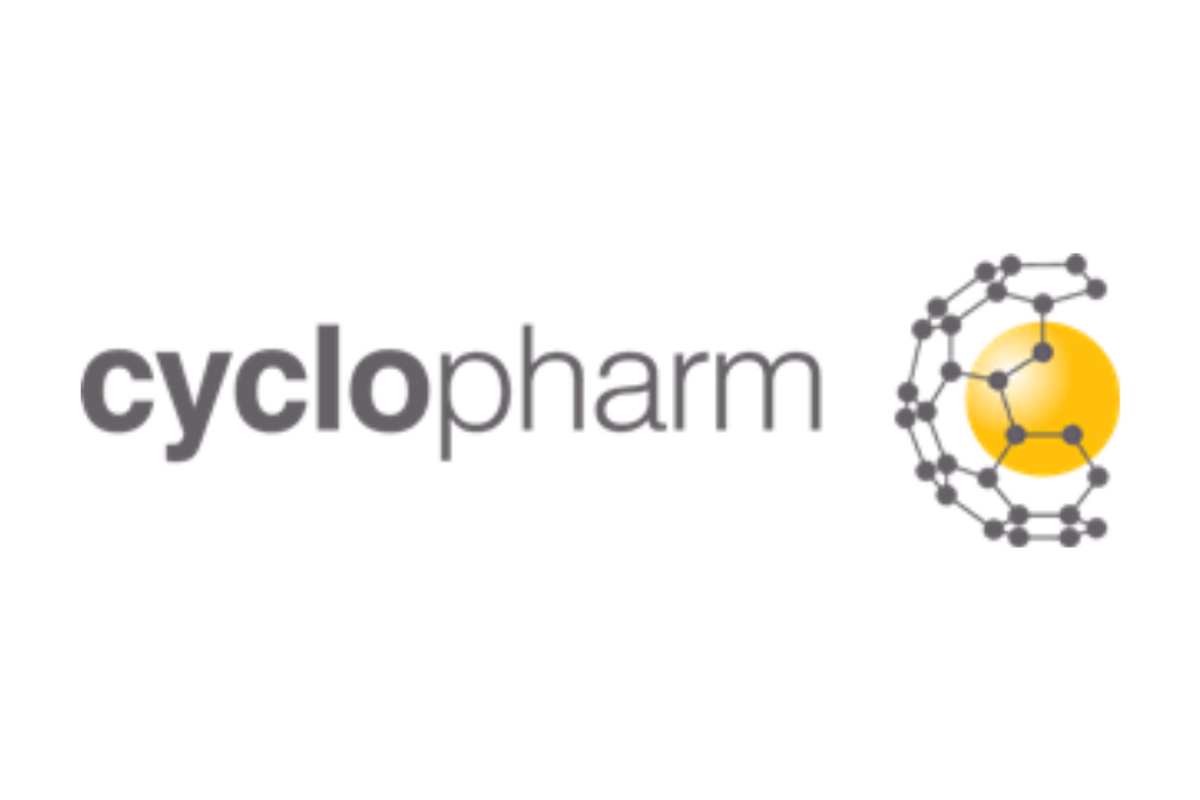
January 22, 2025
Cyclopharm Limited (ASX: CYC) is pleased to announce the signing of a major contract with Hospital Corporation of America Healthcare (HCA), one of the largest single healthcare providers in the United States. This agreement marks a significant milestone for the company which will allow the deployment of Technegas® in up to 169 nuclear medicine departments across HCA’s extensive network.1
HCA Healthcare operates one of the most comprehensive hospital networks in the US, encompassing over 180 hospitals and approximately 2,400 sites of care in 20 states.
The national contract covering the deployment of Technegas in nuclear medicine departments across the entire HCA network was instigated by HCA after multiple of its sites entered into independent discussions with Cyclopharm regarding Technegas. This prompted HCA head office to initiate the creation of a broad-based contract which will bypass the need for individual site contract negotiations and most efficiently streamline the deployment of Technegas technology.
The agreement further underscores the commercial demand for Technegas which is already the preferred agent of choice in 65 countries outside the US for diagnosing lung conditions, including pulmonary embolism, hypertension, chronic obstructive pulmonary disease (COPD), and other respiratory diseases.
Cyclopharm CEO James McBrayer said, “We are thrilled to partner with HCA Healthcare, a leader in delivering quality care to millions of patients annually. This 3-year agreement will allow for the accelerated availability of Technegas across the US and reinforces our commitment to improving outcomes for patients with respiratory conditions.”
As well as streamlining implentation across up to 169 HCA nuclear medicine departments, today’s agreement opens discussions with the HealthTrust Purchasing Group (HealthTrust)2, HCA’s affiliated group purchasing organisation (GPO) that serves as the contracting and purchasing arm to a further network of over 1,800 hospitals in the USA.
Cyclopharm will now engage directly with individual HCA locations, clinical leaders and Divisional Directors to implement Technegas, prioritising those sites which had already entered preliminary discussions with Cyclopharm.
Technegas has been recognized globally for its ability to provide precise and reliable functional lung imaging. With this contract, HCA facilities will be at the forefront of adopting advanced nuclear medicine technology, ensuring better diagnostic and therapeutic options for their patients.
Mr. McBrayer concluded, “This agreement not only extends the footprint of Technegas in the US market but also sets the stage for its broader adoption within HealthTrust’s extensive network. We are proud to support HCA in its mission to provide exceptional care and are eager to see the positive impact of our technology on patients and clinicians alike.”
Click here for the full ASX Release
This article includes content from Cyclopharm Limited, licensed for the purpose of publishing on Investing News Australia. This article does not constitute financial product advice. It is your responsibility to perform proper due diligence before acting upon any information provided here. Please refer to our full disclaimer here.
The Conversation (0)
09 September
How to Invest in Medical Device Stocks and ETFs
The medical device market offers investors unique exposure to the overall life science space, especially in an era of fast-growing tech advancements in healthcare.This industry covers a wide range of health and medical instruments and equipment used in the treatment, mitigation, diagnosis and... Keep Reading...
13 March
BlinkLab Completes First Patient Test for US Autism Diagnostic Study
Digital healthcare company BlinkLab (ASX:BB1) has tested the first patient in its US autism diagnostic study, which is geared at validating the company's Dx1 test as a diagnostic aid for clinicians. BlinkLab states in its Wednesday (March 12) release that the study is the largest digital... Keep Reading...
25 February
HeraMED Signs Strategic Collaboration Agreement with Garmin Health
HeraMED Limited (ASX: HMD), a medical data and technology company leading the digital transformation of maternity care, is delighted to announce it has entered into a collaboration agreement with Garmin (NYSE: GRMN), a leading global provider of smartwatches and GPS-enabled products, aimed at... Keep Reading...
17 February
2 Biggest Medical Device ETFs in 2025
Exchange-traded funds (ETFs) are a popular investment strategy, and generally contain a variety of publicly traded companies under one stock symbol, often with a focus on a specific sector.Depending on the ETF, investors may be able to track up-and-coming companies, get exposure to top firms or... Keep Reading...
23 January
CONNEQT App Launches in USA as Pulse Deliveries Commence
Cardiex Limited (CDX:AU) has announced CONNEQT App Launches in USA as Pulse Deliveries CommenceDownload the PDF here. Keep Reading...
16 January
Revolutionizing Women's Health: Antifungal Innovation Brings New Investment Opportunities
The intersection of women's health and antifungal innovation represents a pivotal moment in healthcare, offering both transformative medical advancements and compelling investment opportunities. The groundbreaking developments in antifungal treatments specifically targeting women's health issues... Keep Reading...
Latest News
Interactive Chart
Latest Press Releases
Related News
TOP STOCKS
American Battery4.030.24
Aion Therapeutic0.10-0.01
Cybin Corp2.140.00





